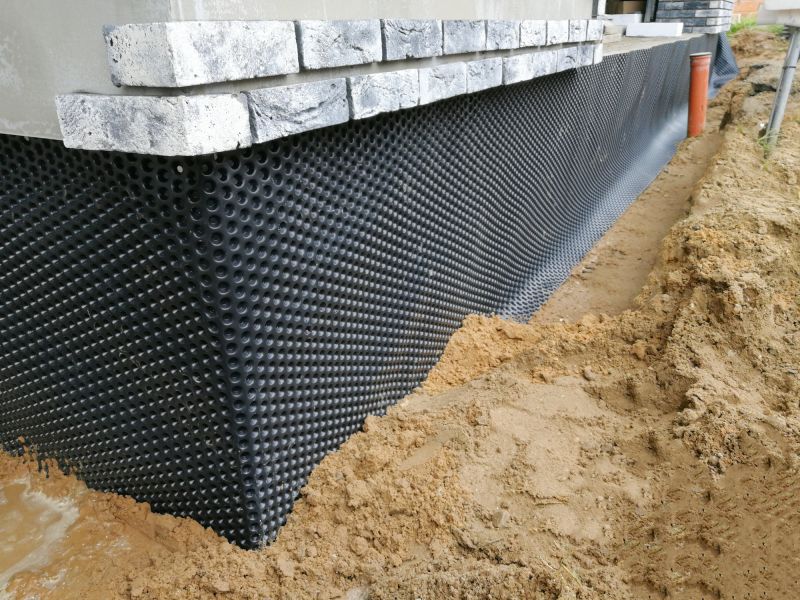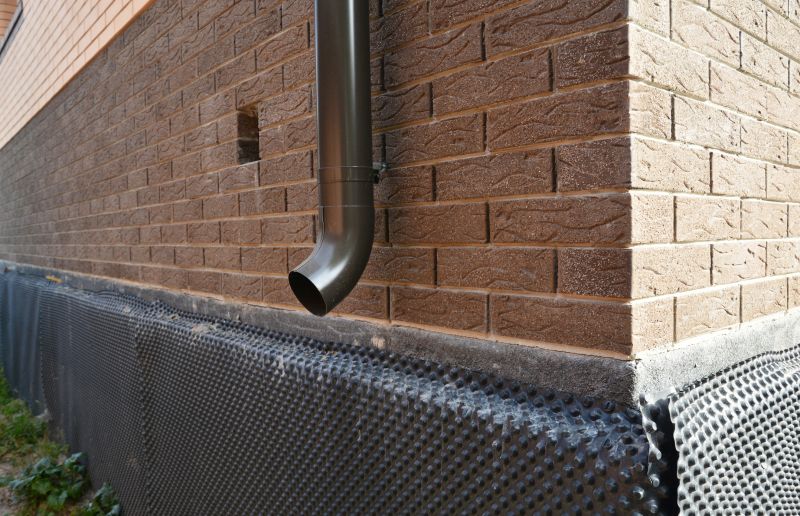Effective Waterproofing for Basements and Crawl Spaces
Waterproofing is a critical component in protecting structures from water intrusion, which can lead to structural damage, mold growth, and increased maintenance costs. Proper waterproofing ensures that buildings remain dry and durable, especially in areas prone to moisture exposure such as basements, roofs, and foundations. The effectiveness of waterproofing systems depends on the materials used, the application process, and ongoing maintenance.

Foundation waterproofing prevents water from seeping into basements and crawl spaces, maintaining structural integrity and preventing mold growth.

Roof waterproofing protects buildings from leaks and water damage caused by heavy rainfall or snow accumulation.

Wall waterproofing safeguards exterior and interior walls from moisture infiltration, preserving paint and structural components.
Waterproofing materials include liquid membranes, sheet membranes, sealants, and coatings, each suited to different applications and environmental conditions. The selection of the appropriate system depends on the specific requirements of the project, including exposure level, surface type, and longevity expectations.
Statistics indicate that waterproofing can extend the lifespan of a structure significantly, reducing repair costs and preventing water-related damages. For example, properly waterproofed basements can prevent up to 80% of moisture-related issues, saving property owners substantial amounts over time.
Waterproofing Process and Duration
The process of waterproofing typically involves surface preparation, application of waterproofing materials, and curing or drying periods. A professional can complete most residential waterproofing projects within one to three days, depending on the scope and complexity of the work. Proper surface cleaning, crack repair, and priming are essential steps to ensure adhesion and effectiveness.
Hiring a professional ensures that waterproofing is applied correctly, reducing the risk of future water intrusion. Experts assess site conditions, select suitable materials, and follow best practices to achieve long-lasting results. This approach minimizes the likelihood of costly repairs and structural issues caused by water damage.

A fully waterproofed basement with seamless membrane and drainage systems to prevent water ingress.

Newly applied waterproof coating on a commercial roof designed to withstand harsh weather conditions.

Exterior wall sealing to prevent moisture penetration and improve building durability.
The final step involves inspecting the work to ensure complete coverage and effectiveness. Regular maintenance and inspections can help identify potential issues early, prolonging the lifespan of the waterproofing system.
Property owners interested in waterproofing services are encouraged to contact for a detailed quote. Proper waterproofing is an investment in the longevity and integrity of a building, providing peace of mind against water-related damages.

